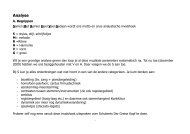Anton Webern and the influence of Heinrich Isaac
Anton Webern and the influence of Heinrich Isaac
Anton Webern and the influence of Heinrich Isaac
You also want an ePaper? Increase the reach of your titles
YUMPU automatically turns print PDFs into web optimized ePapers that Google loves.
more complex temporal relationships between <strong>the</strong> parts (as later he would), <strong>and</strong> it<br />
seems a clear decision on his part to stick to traditional intervals <strong>of</strong> entry.<br />
One fur<strong>the</strong>r significant similarity should be noted. It seems that <strong>Webern</strong><br />
recognised in <strong>Isaac</strong> <strong>the</strong> possibility <strong>of</strong> constructing concise, yet whole musical<br />
structures through <strong>the</strong> use <strong>of</strong> canon. None <strong>of</strong> <strong>Webern</strong>’s Five Canons is even a minute<br />
long, yet each is an effective musical structure. Similarly, in Choralis Constantinus<br />
canons are <strong>of</strong>ten used to construct shorter, self-contained sections within <strong>the</strong> mass.<br />
Beautiful examples occurs in <strong>the</strong> Graduale <strong>of</strong> Office VI (p.42 system 6 - p.43 system<br />
1) on <strong>the</strong> word Alleluia; <strong>and</strong> <strong>the</strong> opening section <strong>of</strong> <strong>the</strong> Sequentia <strong>of</strong> Office XVIII, De<br />
Nativitate Mariae (p.137 systems 3-4, see Example 4).<br />
Example 4: <strong>Heinrich</strong> <strong>Isaac</strong>, Choralis Constantinus, Book II, De Nativitate Mariae.<br />
The three-part canon here occurs in <strong>the</strong> bassus (Dux), tenor <strong>and</strong> discantus (Comites),<br />
while <strong>the</strong> altus sings a freely composed melodic line above it. Canonic techniques<br />
aside, this melody is worthy <strong>of</strong> comment in it’s own right. It covers a wide registral<br />
range (major tenth) during its course <strong>and</strong> is beautifully melismatic, but perhaps more<br />
significantly, it has a highly syncopated rhythmic quality <strong>and</strong> a sense <strong>of</strong> motivic<br />
construction, both <strong>of</strong> which can be observed (albeit ra<strong>the</strong>r differently) in <strong>Webern</strong>’s<br />
Five Canons.<br />
8


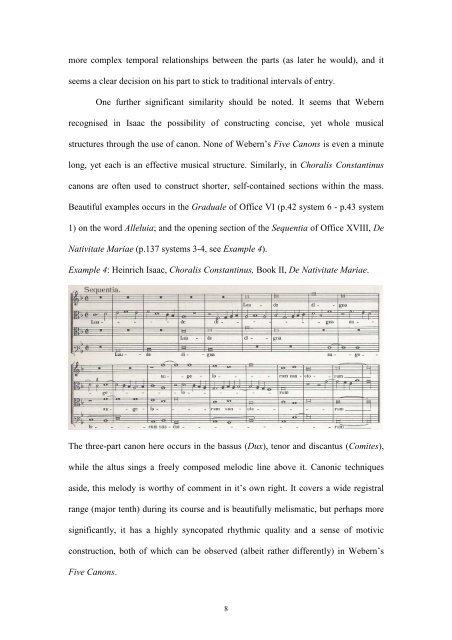
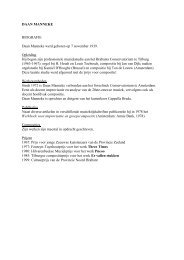
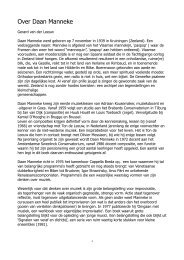
![Schubert, Winterreise: Einsamkeit [PDF] - bestmusicteacher.com](https://img.yumpu.com/21166489/1/190x135/schubert-winterreise-einsamkeit-pdf-bestmusicteachercom.jpg?quality=85)
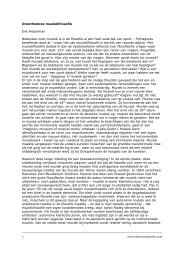
![Schubert, Winterreise: Die Nebensonnen [PDF] - Bestmusicteacher ...](https://img.yumpu.com/20295219/1/190x135/schubert-winterreise-die-nebensonnen-pdf-bestmusicteacher-.jpg?quality=85)
